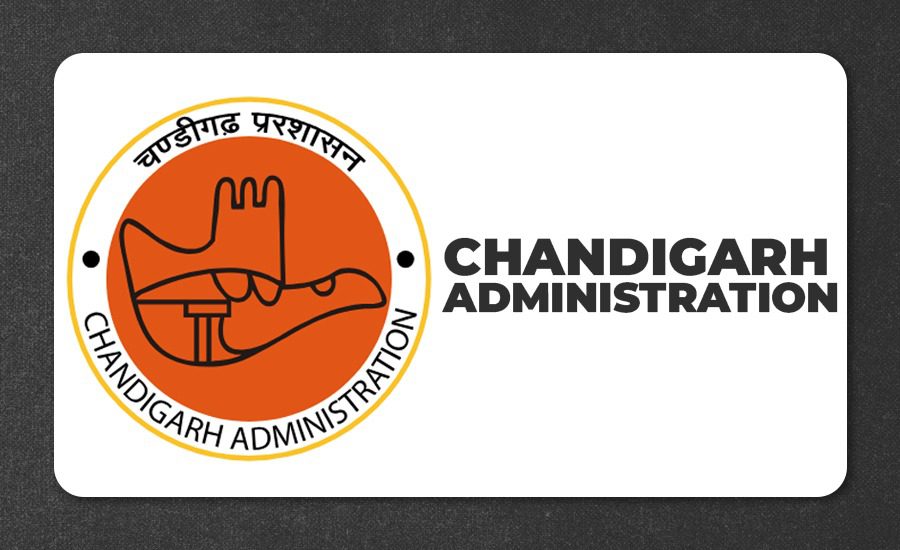Chandigarh: The Chandigarh administration, long known for its hierarchical and bureaucratic governance structure, is now witnessing an administrative imbalance – this time at the top. According to the Government of India’s official notification dated January 3, 2025, titled ‘The Indian Administrative Service (Fixation of Cadre Strength) Amendment Regulations, 2025’, only 11 IAS posts are sanctioned for the Union Territory. However, the city currently houses 12 IAS officers, with 13 individuals occupying secretary-level roles.
Surplus at the Top, Shortage at the Bottom
While the sanctioned IAS cadre strength is pegged at 11, the actual number of IAS officers currently working in the UT has increased to 12 following the recent appointment of three new officers. Furthermore, a Central Secretariat Service (CSS) officer holds the post of Secretary, Social Welfare, bringing the total count of secretary-level officials to 13.
Ironically, this administrative surplus exists alongside a severe manpower shortage at lower levels. The education department alone faces a deficit of 1,500 staffers, out of which recruitment has only been initiated for 993 posts. This stark contrast has reignited concerns regarding the allocation of human resources and operational efficiency in the UT government.
Three New IAS Officers Join UT Setup
The newest entrants into the UT administration are Swapnil M. Naik, Pradeep Kumar, and Mohamed Mansoor-
Swapnil M. Naik (AGMUT 2009 batch) has been appointed as:
- Secretary, Hospitality (relieving Anuradha S Chagti)
- Chairman, CITCO (relieving Ajay Chagti)
- Officer on Special Duty (OSD), Personnel
Pradeep Kumar (AGMUT 2013 batch) has taken charge as:
- Special Commissioner, Municipal Corporation
- Secretary, Agriculture
- Secretary, Animal Husbandry and Fisheries (relieving Hari Kallikkat)
Mohamed Mansoor has been appointed as:
- Secretary, Cooperation
- Secretary, Food and Supplies
- Secretary, Excise and Taxation (relieving Prerna Puri and Ajay Chagti respectively)
Legacy of a Leaner Setup
A retired senior IAS officer, speaking on the condition of anonymity, criticized the bloated top tier–
“For most of its history, including the 2010s, the city was run efficiently with just three senior IAS officers – the UT Adviser (now Chief Secretary), Home Secretary, and Finance Secretary. Over the years, the number of IAS officers has ballooned. Now we have officers holding portfolios like Agriculture and Animal Husbandry in a city with a minimal rural footprint.”
Official Defence: Posts Are Central Sanctions, Not Local Decisions
A senior UT official defended the current structure, clarifying, “There are 11 IAS posts sanctioned by the Centre, and we have 11 officers posted accordingly. The Municipal Commissioner is an additional post and not included in the sanctioned strength. Most officers are handling multiple portfolios and are overburdened, not redundant.”
Despite this clarification, questions remain about the utility and efficiency of such administrative layering, especially when critical vacancies persist at lower levels that directly impact public services like education and healthcare.



























